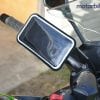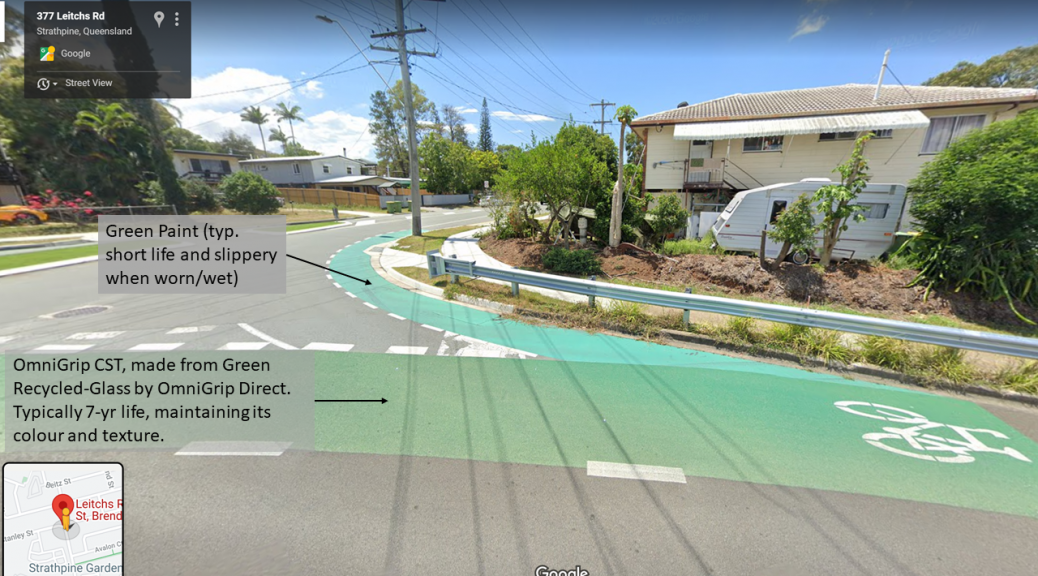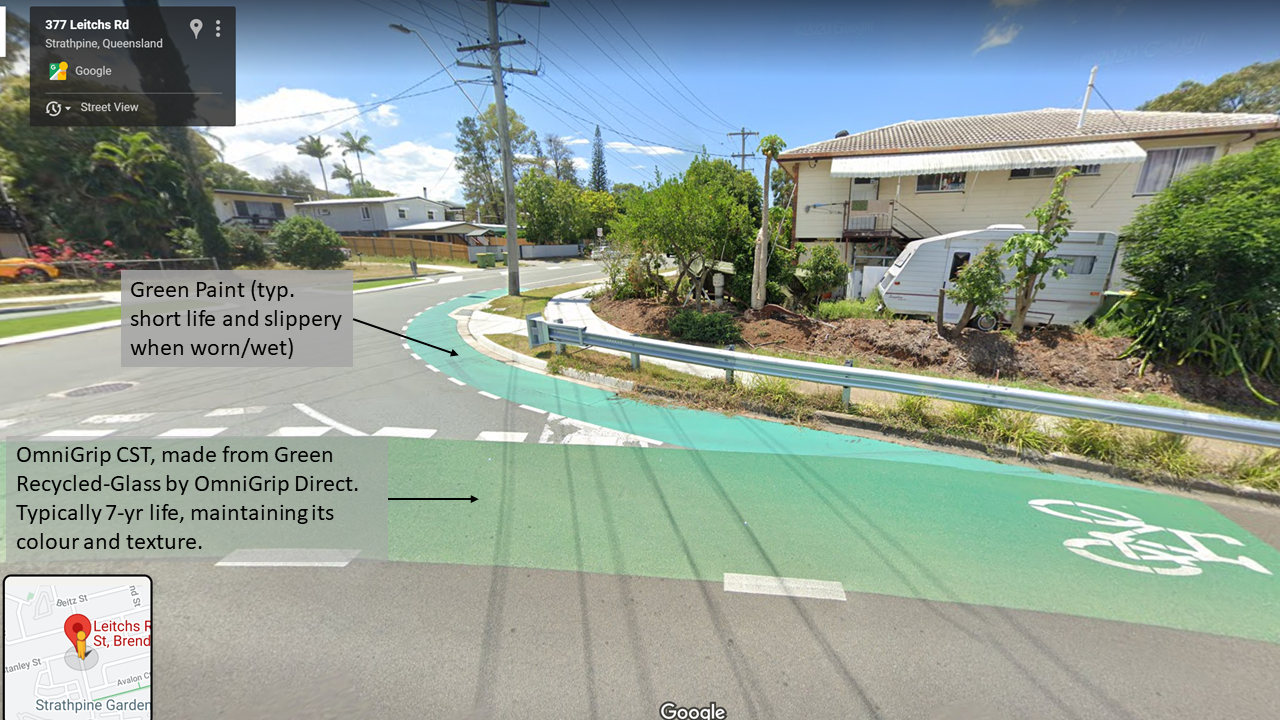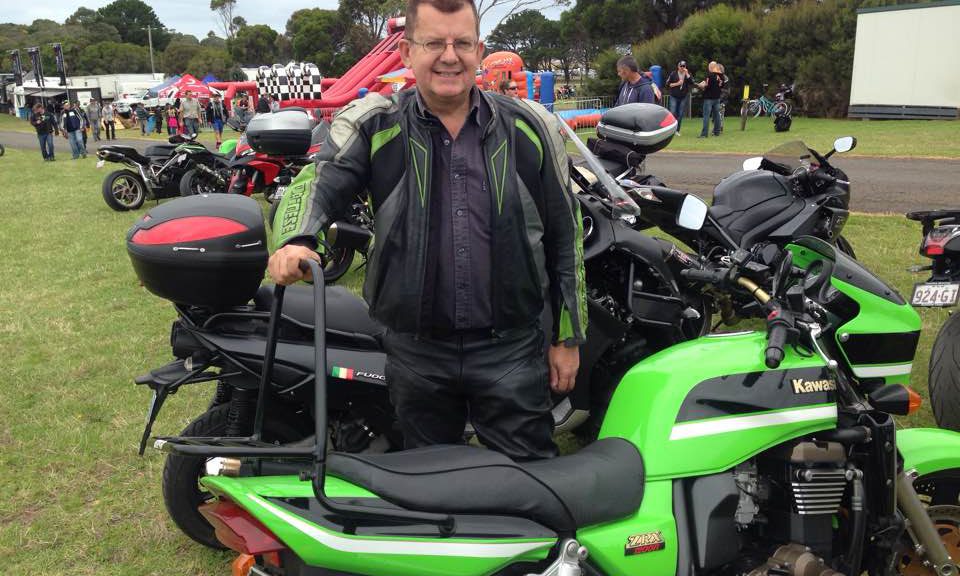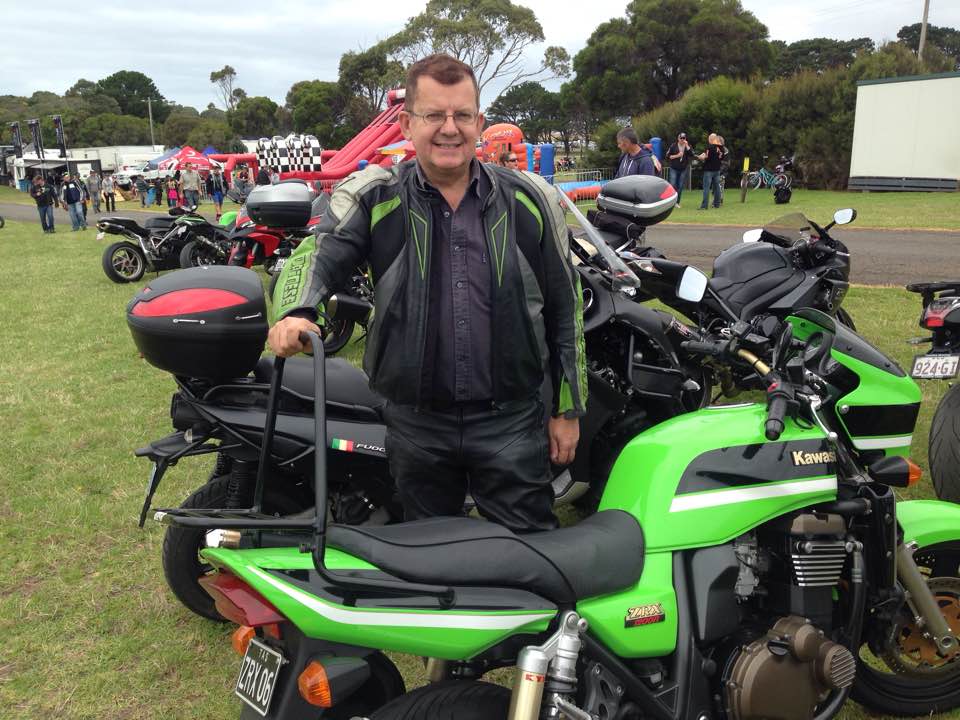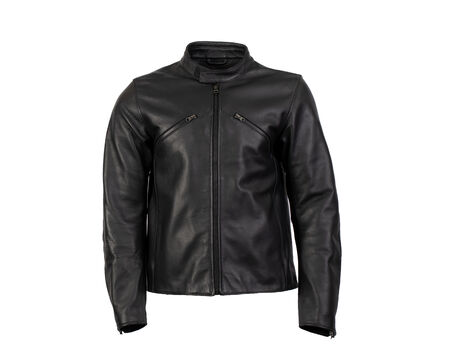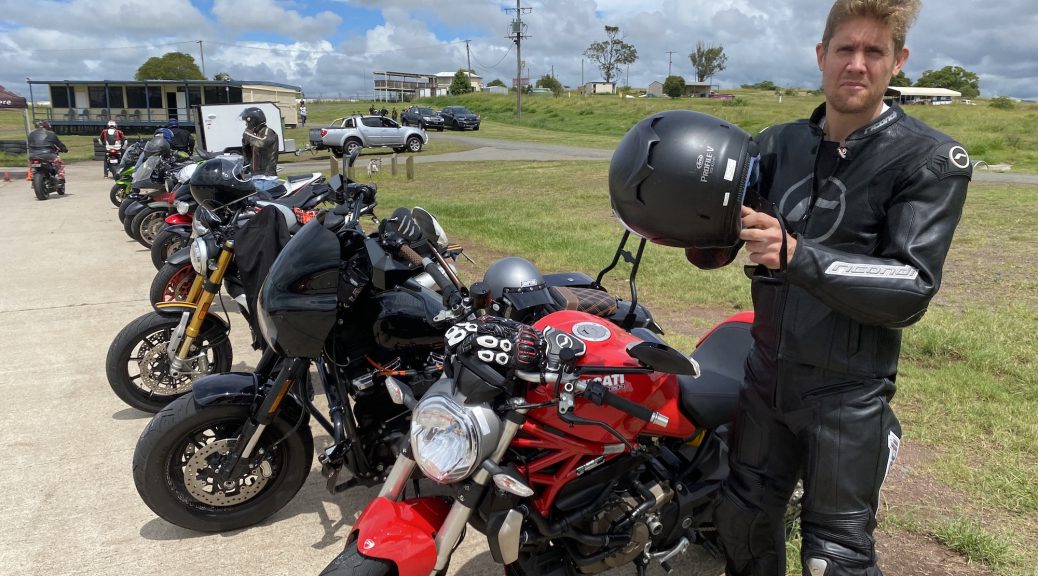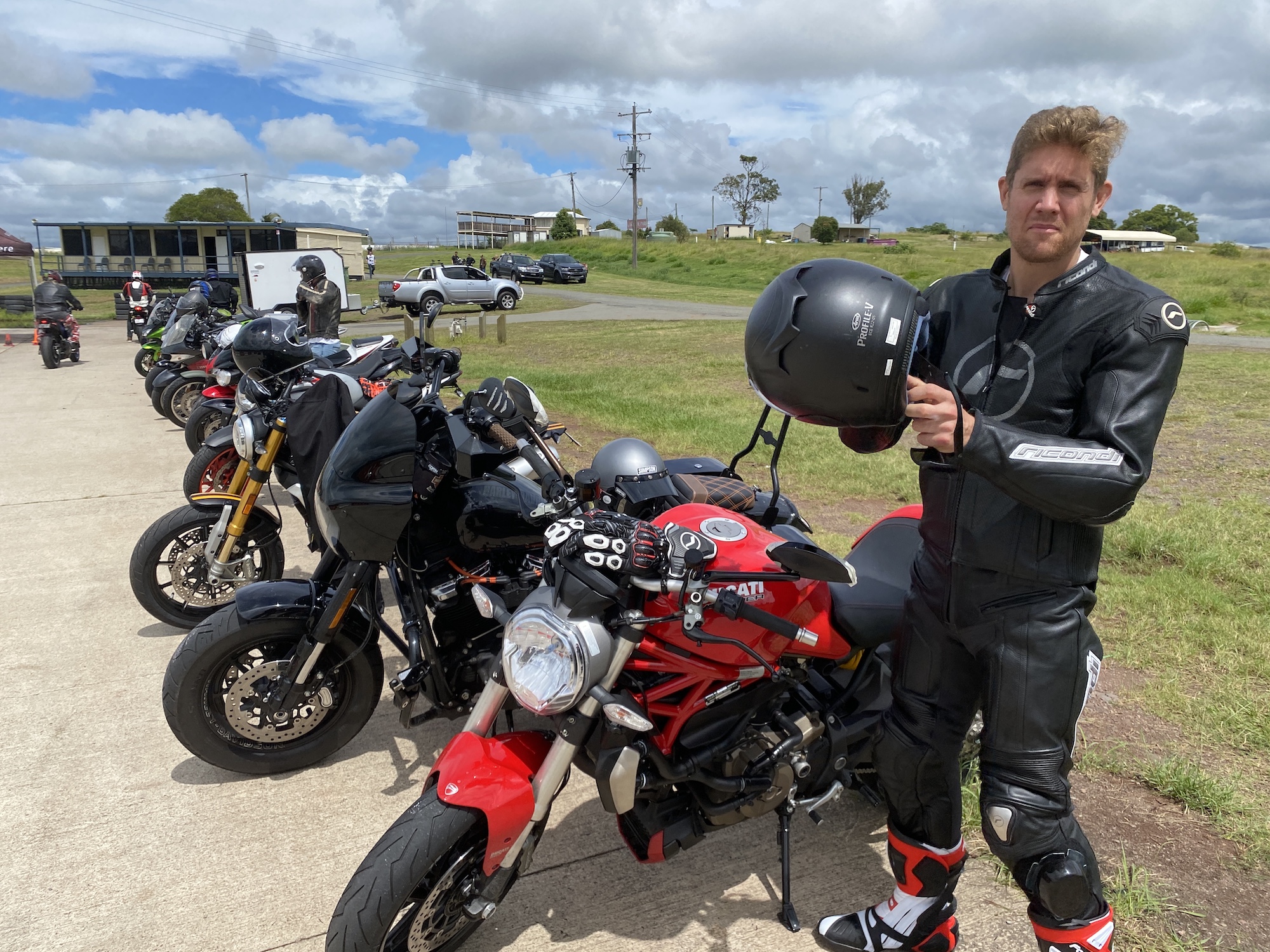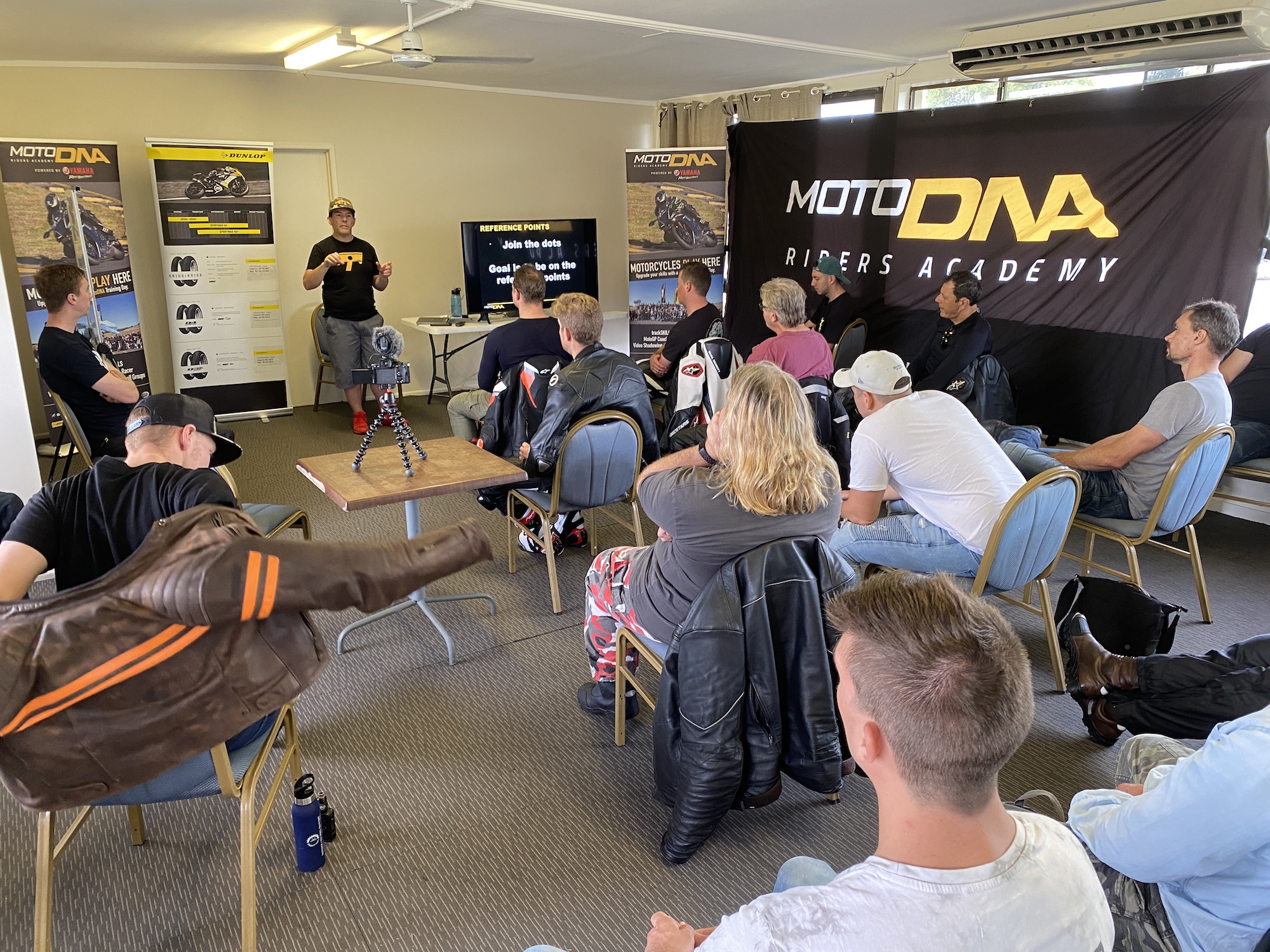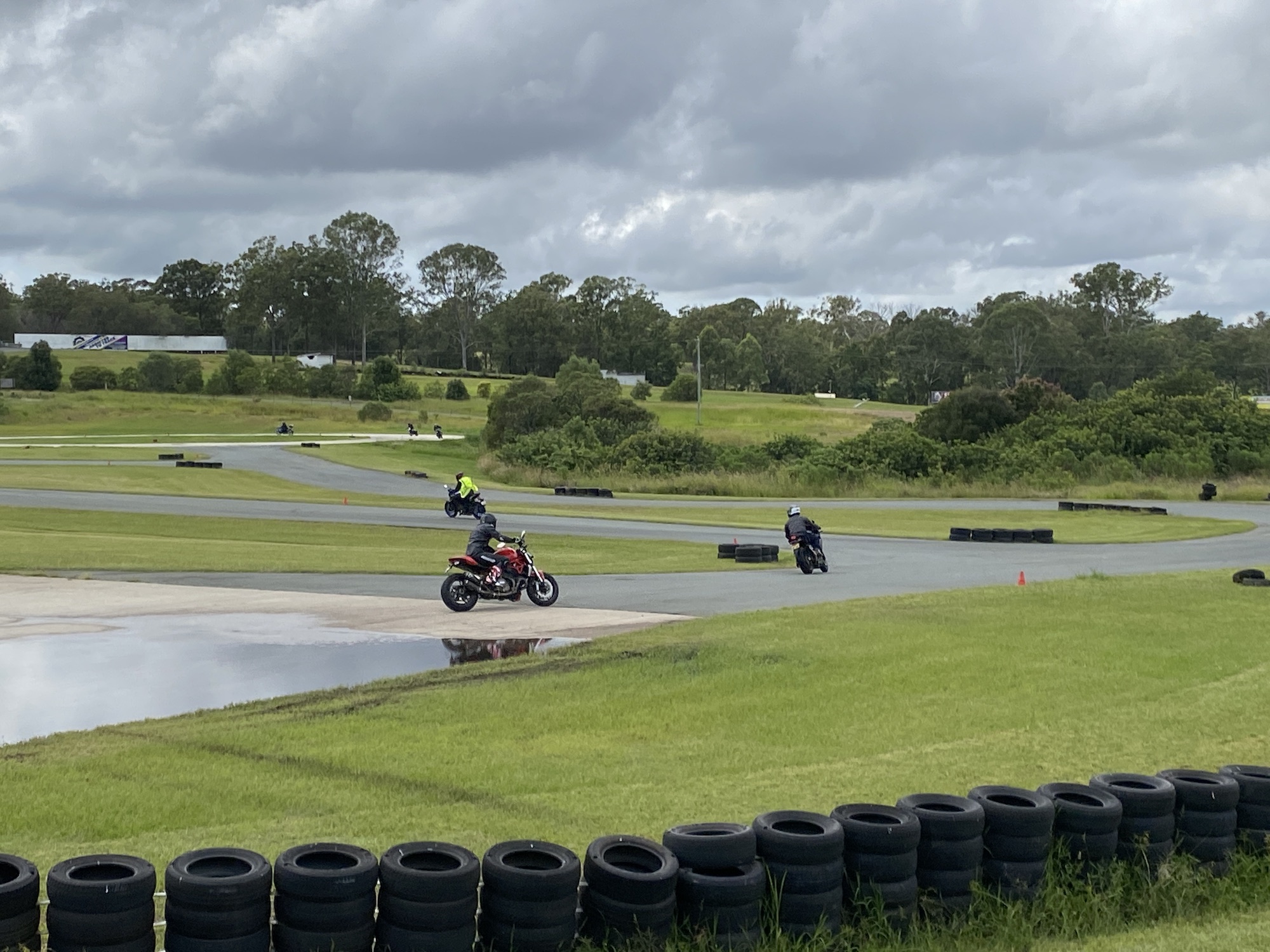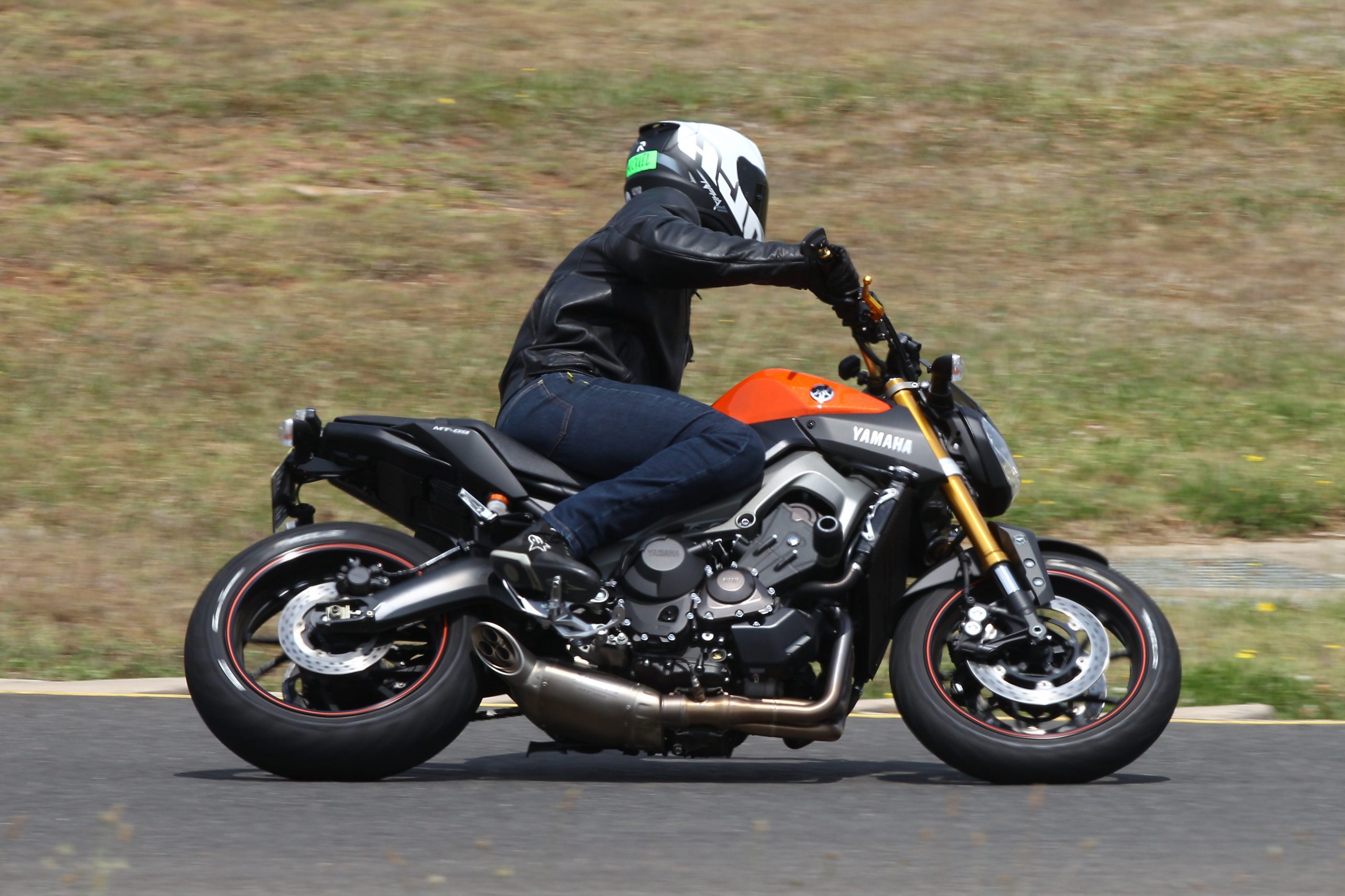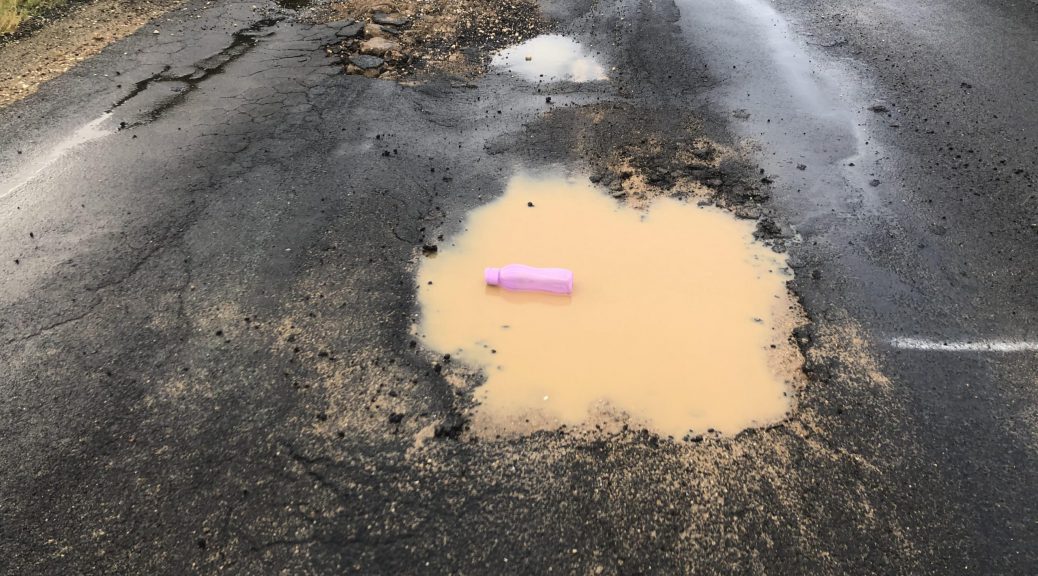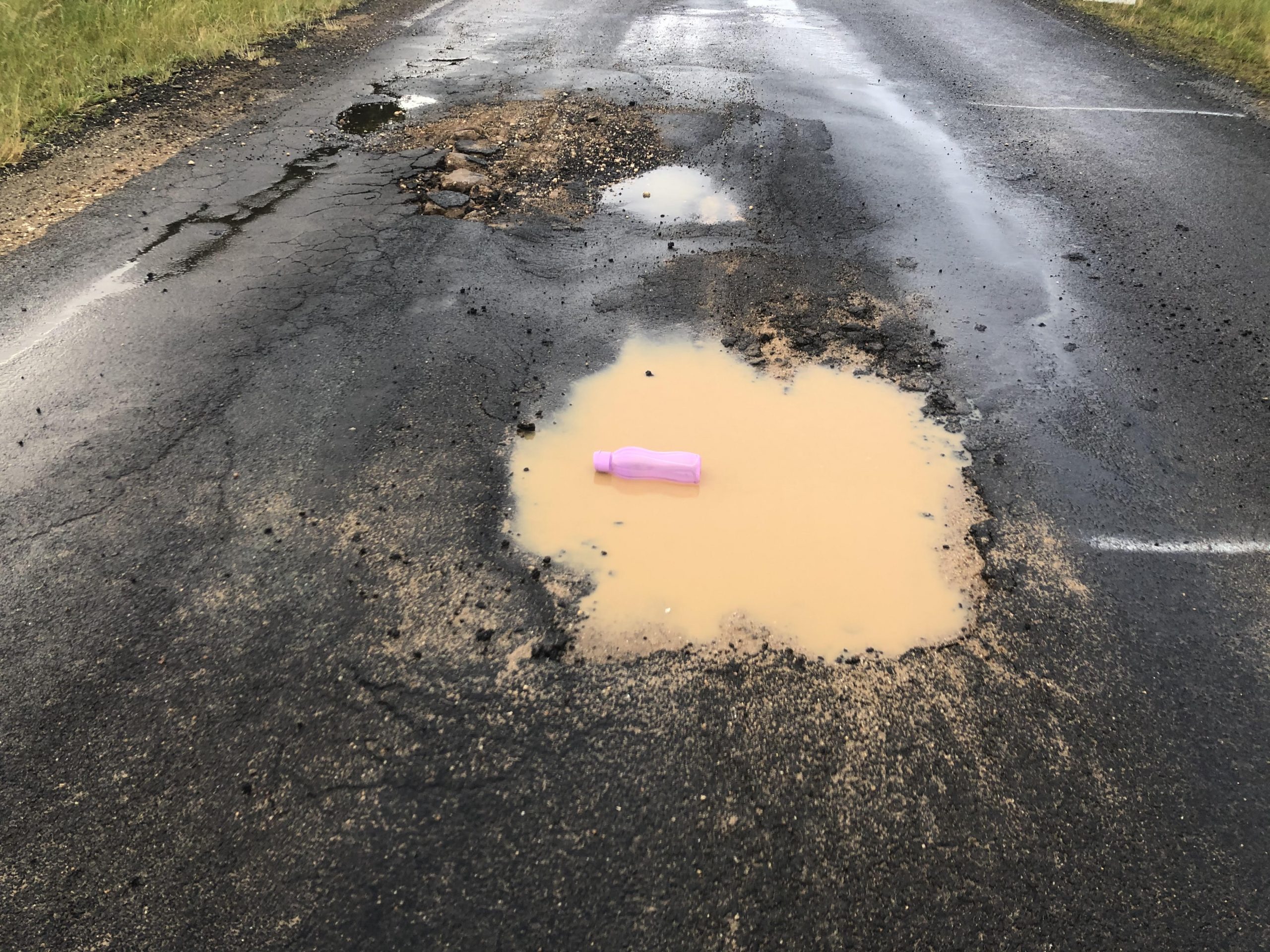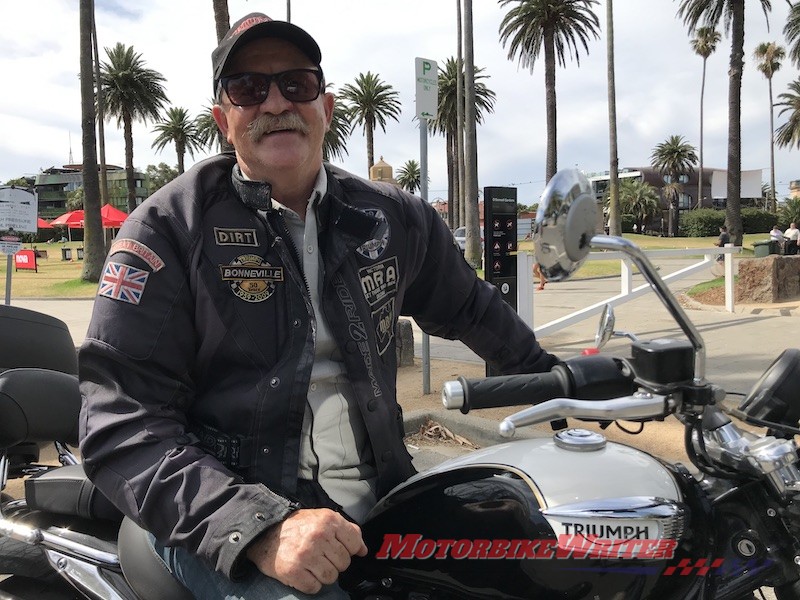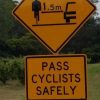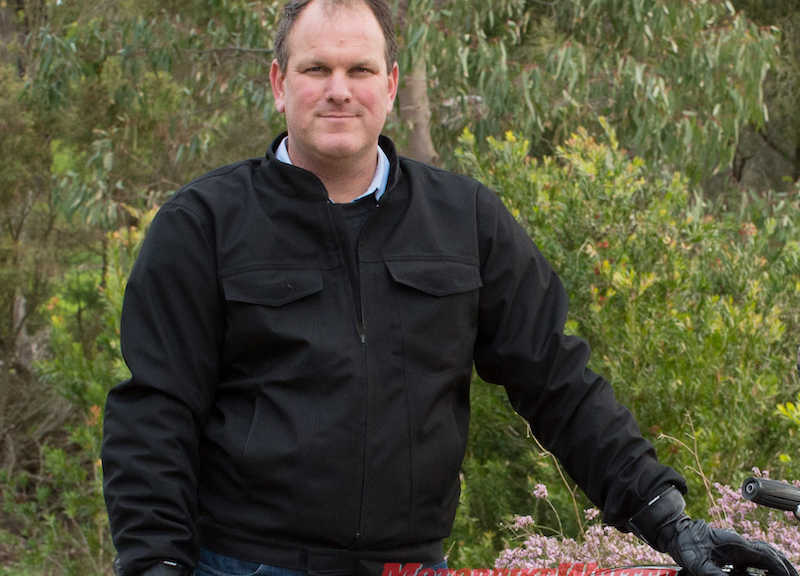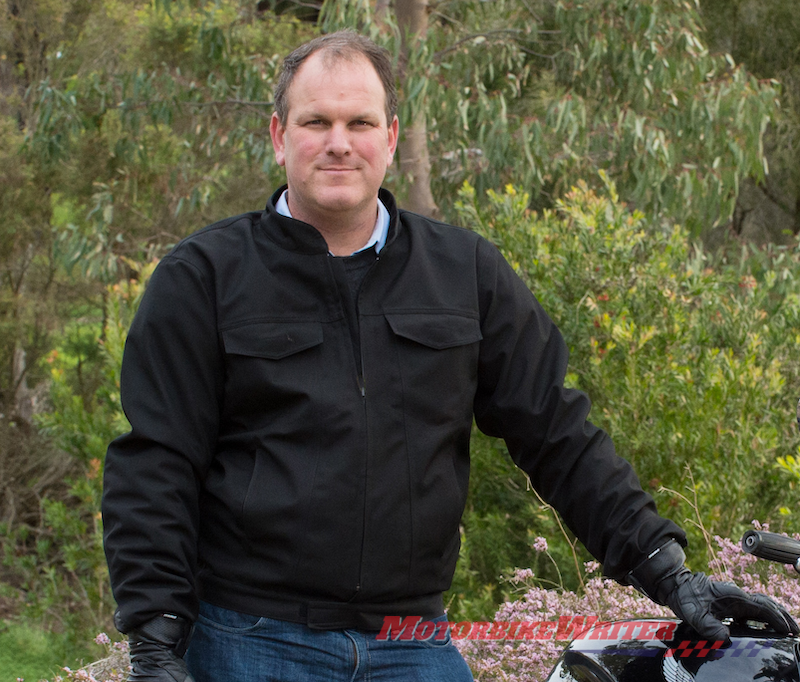Motorcycle jackets and pants that have good breathability for the warmer riding months sacrifice safety standards, according to the latest test results from Australia’s internationally awarded MotoCAP motorcycle gear safety ratings service.
MotoCAP has now performed testing and issued safety and comfort ratings ratings for 354 items of rider jackets, gloves and pants.
The MotoCAP safety intitiative launched in September 2018 and is the first of its type in the world.
It has now added 14 more products to its online ratings of 172 jackets, 90 pairs of pants and 92 pairs of gloves.
The new safety ratings for seven jackets and seven pairs of pants range from one to three out of five stars for safety.
They show that you can’t have it all when it comes to safety and comfort in hot conditions.
Jackets and pants that have good breathability score low for safety and vice versa.
For example, the Bullit Easy Tactical Icon pants score just one safety star but a maximum five for beathability.
Meanwhile, Dainese Delta 3 leather pants performed well for safety with three out of five stars, but just two for breathability.
It’s not that we haven’t suspected the trade-off on comfort and safety, but it’s interesting to see that sciebce back up our suspicions.
The new ratings for jackets can be viewed here. The new ratings for pants can be viewed here.
Riders are urged to consider checking the safety and comfort ratings of gear before they buy.
While some have disputed the veracity or usefulness of the tests, rider representative groups and road safety experts say MotoCAP at least makes riders more aware of wearing protective gear.
MotoCAP is a partnership between Transport for NSW, State Insurance Regulatory Authority (SIRA), VicRoads, Transport Accident Commission (TAC), Royal Automobile Club of Victoria (RACV), Department of Transport and Main Roads (TMR), Motor Accident Insurance Commission (MAIC), Lifetime Support Authority (LSA), the Department for Infrastructure and Transport, Western Australian Police: Road Safety Commission, Department of State Growth, Insurance Australia Group (IAG), Australian Motorcycle Council and Accident Compensation Corporation in New Zealand.
Testing is carried out by the Deakin University Institute for Frontier Materials on behalf of the MotoCAP partners.
All gear rated so far has been obtained through a secretive buying system to guarantee integrity.
In 2019, MotoCAP won a Fédération Internationale de Motocyclisme (FIM) road safety award.
Source: MotorbikeWriter.com

